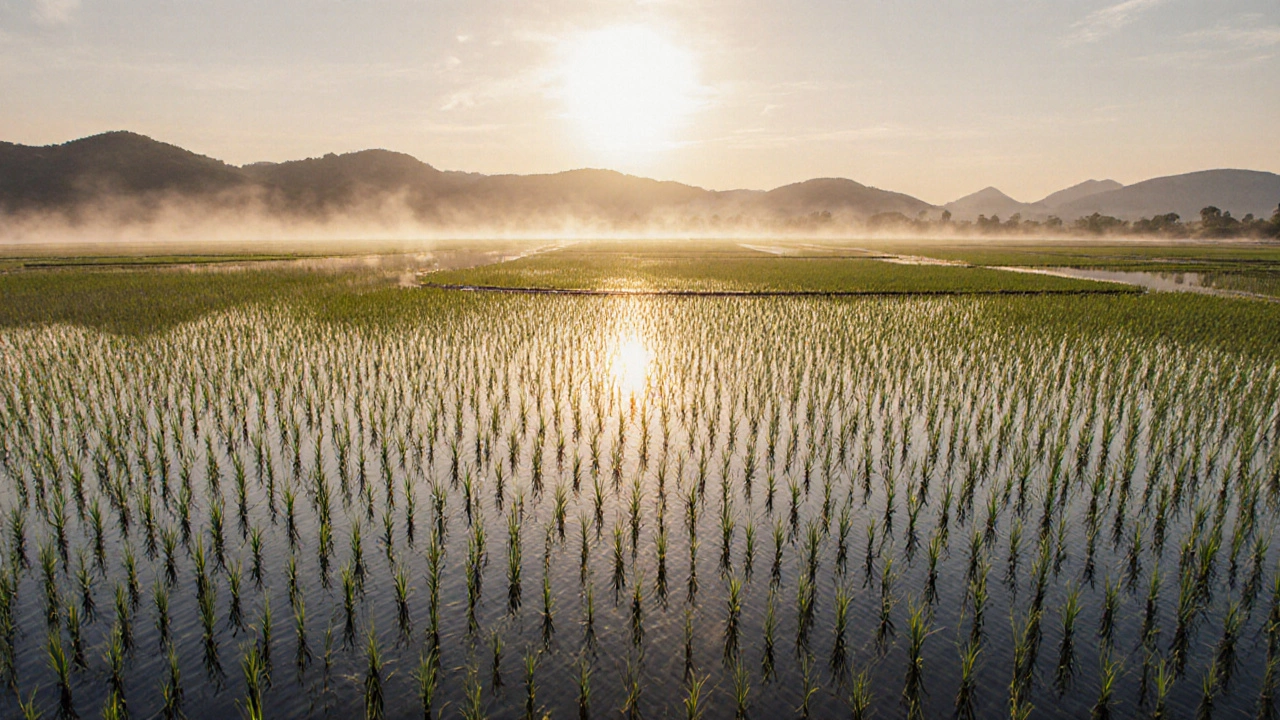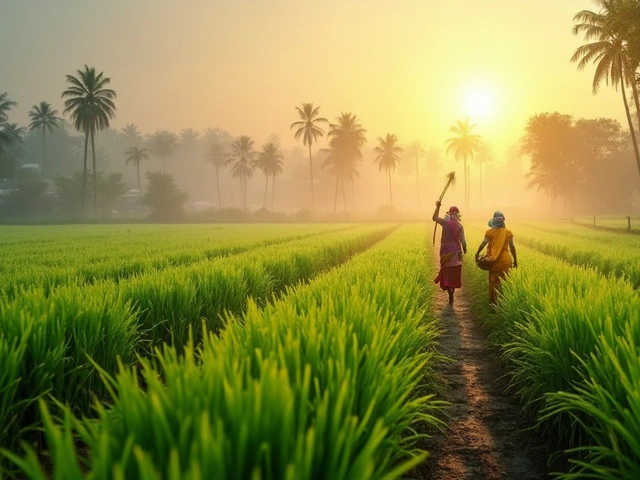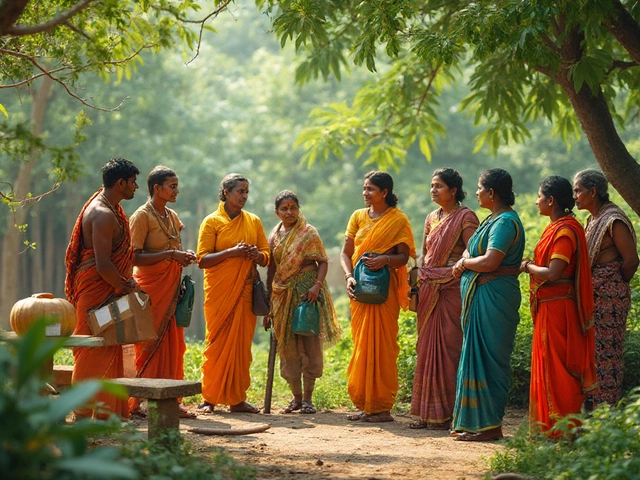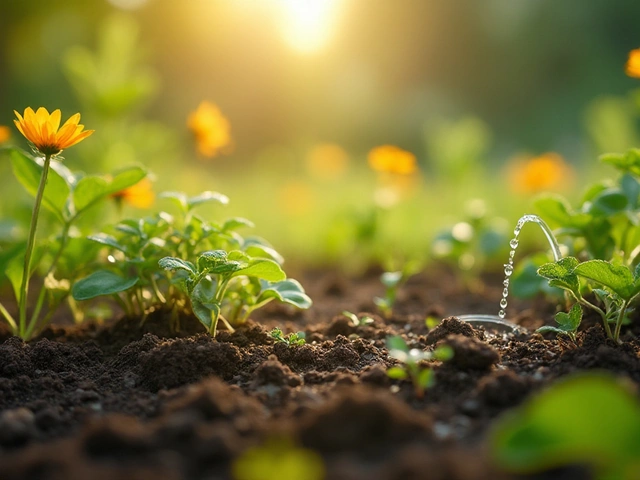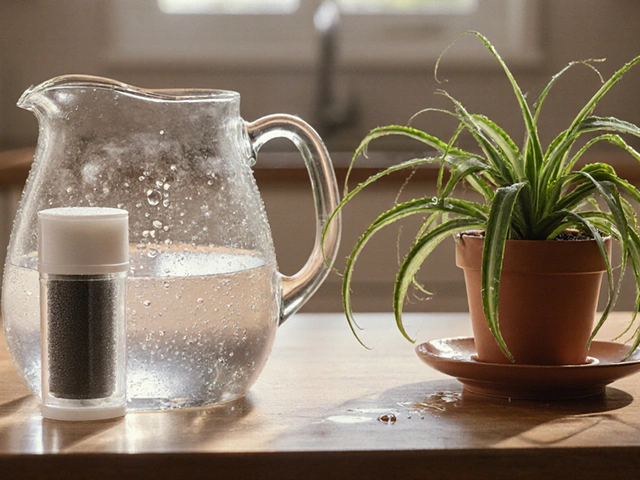Rice Soil Suitability Calculator
Soil Assessment
Enter your soil characteristics to determine if they're suitable for rice cultivation.
0%
Overall suitability for rice cultivation
When it comes to rice cultivation is the practice of growing rice (Oryza sativa) in fields that meet specific soil and water conditions, choosing the right land makes all the difference. Most new growers wonder: what kind of land is best for growing rice? The answer boils down to a mix of soil texture, water‑holding capacity, pH balance, and organic content. Below you’ll get a clear roadmap, from the science of soil to practical steps you can start today.
Why Soil Matters More Than You Think
Rice is a semi‑aquatic crop. Unlike wheat or corn, it spends a good part of its life underwater. That means the soil must stay flooded for weeks, then drain at just the right moment for flowering and grain filling. If the ground dries out too quickly or holds water forever, plants either wilt or rot. So the best soil for rice is one that can hold water without becoming hard‑pan and still let roots breathe.
Key Soil Characteristics for Successful Rice
- Alluvial soil is young, mineral‑rich sediment deposited by rivers, known for fine texture and high fertility. Its natural water‑retention makes it a favorite for traditional paddies.
- Clay loam is a balanced mix of clay, silt, and sand that offers good water holding capacity while still providing drainage.
- Soil pH should ideally sit between 5.5 and 6.8. Below 5.0, aluminum toxicity can stunt roots; above 7.5, nutrient uptake drops.
- Organic matter (humus) adds structure, improves water holding, and supplies slow‑release nutrients. Aim for at least 2‑3% by weight.
- Water management includes the ability to keep fields flooded 5‑10 cm deep during vegetative growth and then allow gradual draining during grain ripening.
Top Soil Types Ranked for Rice
| Soil Type | Typical pH Range | Water Retention | Organic Matter % | Overall Suitability |
|---|---|---|---|---|
| Alluvial | 5.5‑6.5 | Very High | 2‑4 | High |
| Clay loam | 5.8‑6.8 | High | 2‑3 | Medium‑High |
| Silty loam | 6.0‑7.0 | Medium‑High | 1‑2 | Medium |
| Sandy loam | 6.2‑7.5 | Low | 0.5‑1.5 | Low |
Alluvial soils top the list because they combine high water retention with natural fertility. If you’re planting on sandy or very coarse soils, you’ll need to amend them heavily (more on that later) to avoid rapid drainage that dries out seedlings.
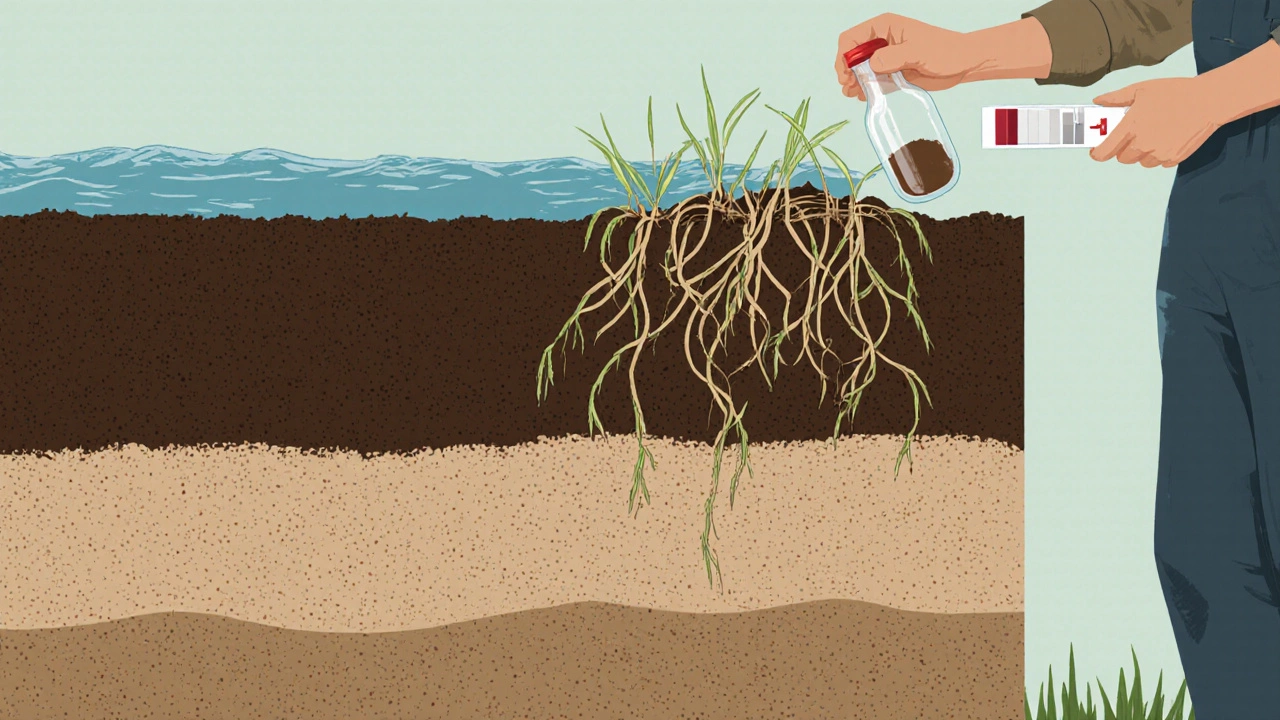
Preparing the Land: Step‑by‑Step Guide
- Test the soil pH. Use a simple kit or send a sample to a lab. Adjust with lime (to raise pH) or elemental sulfur (to lower pH) as needed.
- Check texture. Take a handful of moist soil; if it forms a smooth ball that flattens slowly, you have enough clay. If it crumbles, add clay‑based amendments.
- Incorporate organic matter. Spread 2‑3 cm of well‑rotted manure or compost and turn it into the top 20 cm of soil.
- Level the field. Even surfaces prevent water pockets. Use a simple board or laser level for larger plots.
- Establish a flood system. Low‑tech options include earthen dikes and simple water inlets; more advanced growers may install pumps and flow‑control gates.
- Plant seedlings. After flooding 5 cm deep, transplant 20‑day old seedlings spacing 15 cm apart.
- Maintain water depth. Keep the field flooded during vegetative growth, then gradually lower to 2‑3 cm two weeks before harvest to aid drying.
Managing Water & pH Throughout the Season
Water quality matters just as much as quantity. Saline water can raise soil pH and harm seedlings. If you’re using river water, let it sit for a day to settle sediments. During the early growth stage, aim for a steady depth of 5‑10 cm. As the plants enter the reproductive phase, slowly drain water over 10‑12 days to encourage panicle emergence.
Meanwhile, keep an eye on pH changes. Flooded soils can become slightly more acidic because of microbial activity. A quick spot test every two weeks helps you catch shifts early and apply lime if needed.
Boosting Soil Fertility Without Over‑Loading
Rice needs nitrogen, phosphorus, and potassium (NPK) in roughly a 2:1:2 ratio. However, excessive nitrogen can cause tall, weak plants that lodge (fall over). A balanced approach works best:
- Base nitrogen on soil test results. Rough guideline: 80 kg N per hectare for medium‑fertile soils.
- Apply phosphorus (as superphosphate) at 30 kg P₂O₅ per hectare if soils are low in phosphate.
- Potassium (as muriate of potash) at 40 kg K₂O per hectare for typical conditions.
Split the nitrogen: half at transplanting, the rest mid‑season. This reduces leaching and matches plant demand.
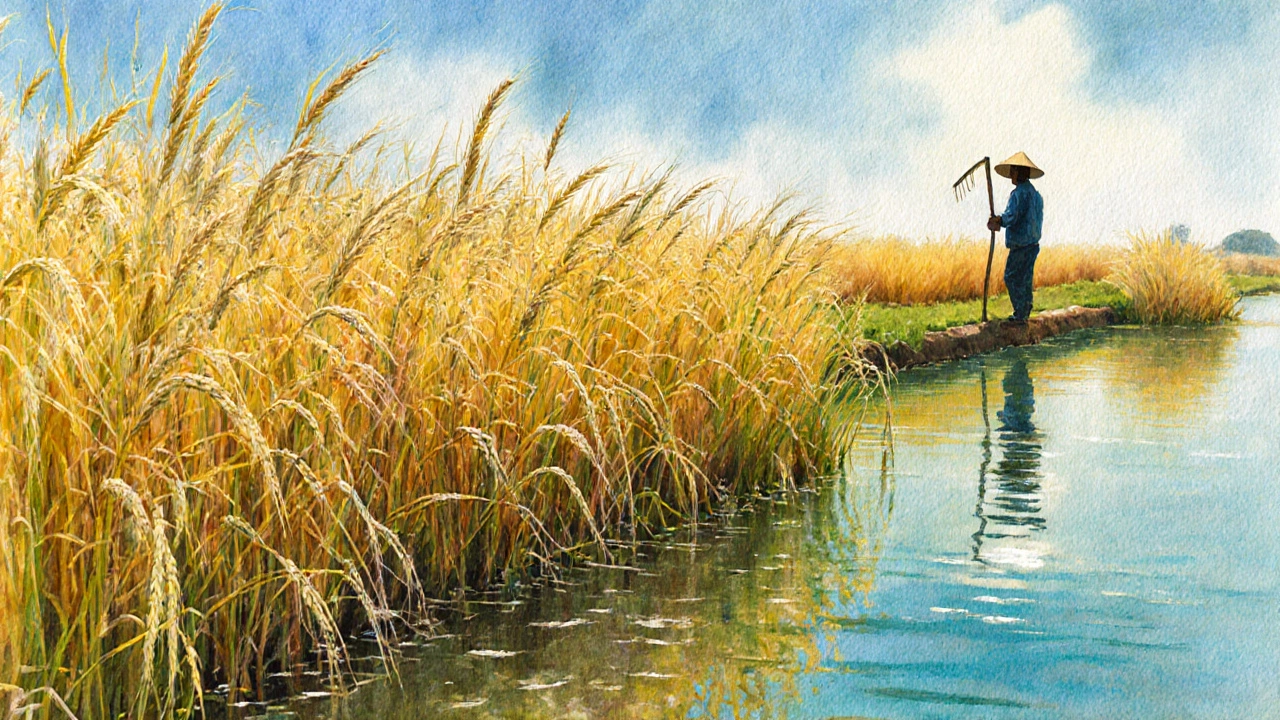
Common Mistakes and How to Avoid Them
- Over‑draining: Letting the field dry out completely kills the seedlings. Keep a minimum water layer until the grain filling stage.
- Ignoring pH: Even a slight drift outside the 5.5‑6.8 window can stunt growth. Regular testing saves time and money.
- Planting on sandy soils without amendment: Add a 10‑cm layer of clay‑based soil or organic mulch to improve water holding.
- Late fertilizer application: Applying nitrogen after flowering leads to excess foliage, not grain.
Quick Checklist Before You Plant
- Soil pH 5.5‑6.8? Adjust if needed.
- Texture: at least 30% clay or loam? Amend if too sandy.
- Organic matter ≥2%? Add compost/manure.
- Flooding system ready and able to maintain 5‑10 cm depth.
- Fertilizer plan based on soil test, split‑apply nitrogen.
- Level field to avoid water pockets.
What to Expect After Planting
Within three weeks you’ll see the first true leaves. By week six, the plants should be knee‑high and the field still flooded. As the water recedes, the panicles (grain heads) appear. Harvest usually happens 120‑130 days after transplanting, depending on variety and climate.
Can I grow rice in a backyard garden?
Yes, as long as you can provide a small flooded area (about 30 cm deep) and use a soil with good water‑holding capacity, like a mix of clay and compost. Many hobbyists use large plastic containers to create a mini‑paddy.
Is sandy soil ever suitable for rice?
Only with heavy amendment. Add a thick layer of organic matter and a surface‑applied clay slurry to improve water retention. Expect lower yields compared to alluvial or loam soils.
How often should I test pH during the season?
Every two weeks is a safe rule of thumb. Rapid changes are rare, but early detection lets you correct with lime before the rice reaches the flowering stage.
What’s the best way to level a small rice field?
A simple garden rake works for plots under 0.5 ha. For larger areas, use a small motorized tiller and a laser level to achieve uniform depth.
Do I need to rotate rice with other crops?
Crop rotation is recommended to break pest cycles and replenish soil nutrients. Legumes or mustard are common follow‑up crops after a rice harvest.
Choosing the right land sets you up for a healthy, high‑yielding rice harvest. With the soil characteristics, preparation steps, and management tips covered here, you’ll know exactly what to look for and how to turn a plain field into a thriving paddy.
